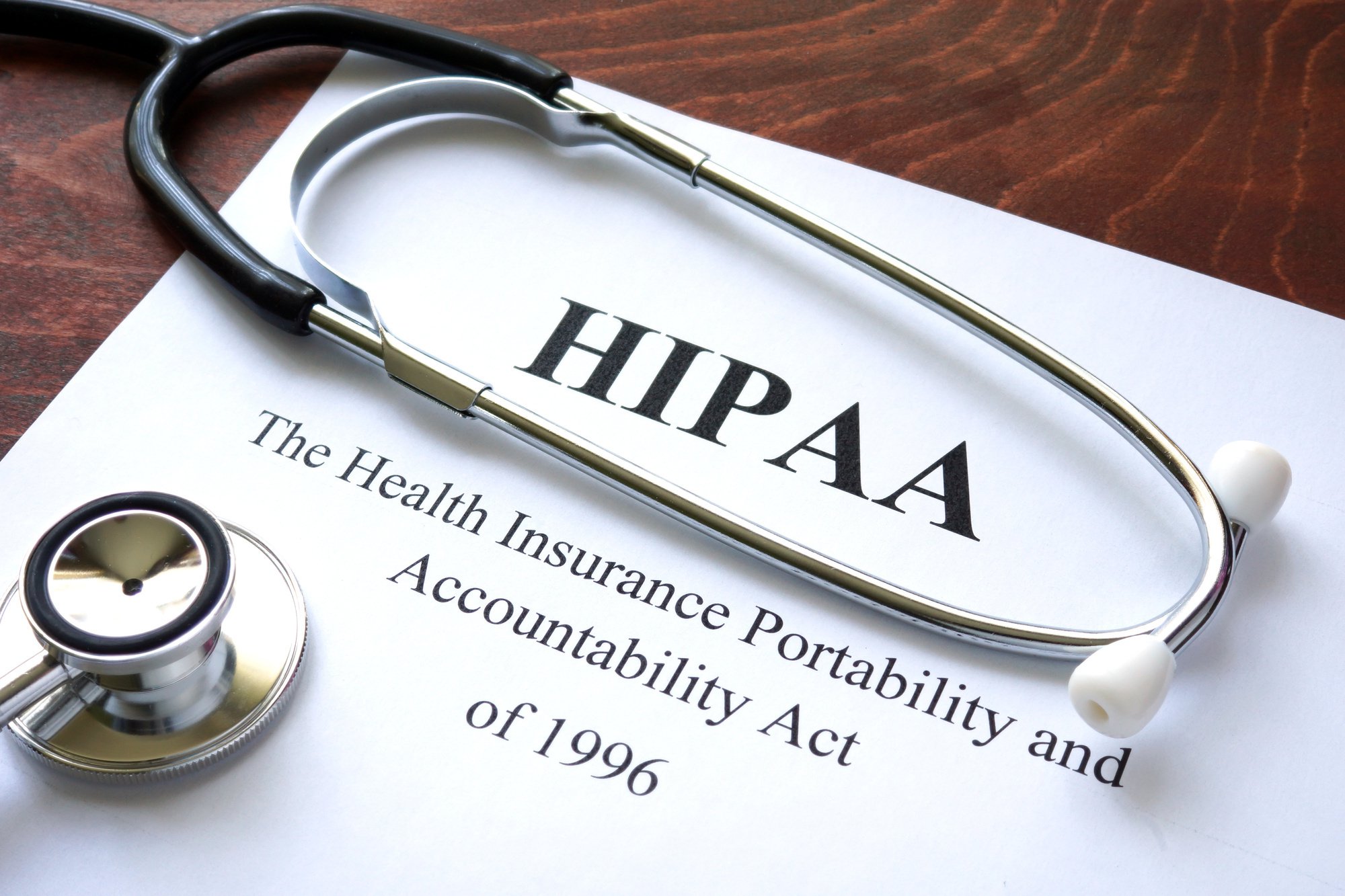What is a HIPAA Security Compliance Assessment?

The process of a security compliance assessment involves several steps and components. The first step is to determine whether a business can benefit from developing a program for managing its data security. Next, the company must determine what types of security assessments it needs to perform. The third step involves developing a tailored risk assessment formula that identifies all of the risks that may be involved with handling the data security services of a company. All of these steps are intended to assist a company in developing an effective data security management program.
Security compliance assessments are conducted in order to make the business's information secure. These assessments involve a detailed review of the organization's security requirements, as well as the means by which those requirements are being managed. A compliance assessment will help a company ensure that all of its security requirements are met. Businesses that perform security assessments regularly will be able to better understand their own security needs, which in turn will help them strengthen their defenses against external threats and internal threats.
The primary goal of a security compliance assessment is to identify areas of the organization that pose the greatest threat of security failure. One of the primary factors that contribute to the likelihood of security failure is the lack of controls over the organization's networks and servers. This lack of controls may result in data being lost, stolen, or altered. If data is lost, the loss must be effectively and quickly recovered in order to prevent further damage. Having inadequate controls enables attackers to use a number of tactics to compromise a business's security and data.
The second factor that contributes to a security compliance assessment is the access that a business's employees and customers have two various forms of information. The assessment will identify controlled areas in the network that are off-limits to the employees and customers. Controlling these locations is one way that businesses can ensure that they are complying with security standards. You can view here for more details about security compliance assessment.
Another factor that enhances the security compliance assessment is the implementation of a comprehensive data security program. The program must include a comprehensive plan for addressing any potential issues that may arise. Part of this plan will involve creating policies and procedures that employees, customers, and other covered entities will know to follow when dealing with sensitive data. It will also entail training courses for all parties involved in the handling of confidential or sensitive data. These training courses will teach users how to properly store and access information that involves both confidential and non-confidential data.
Security compliance is a key element to protecting healthcare providers from external threats and internal threats. Health care organizations that do not comply with the security standards set forth by HIPAA face serious risks of negligence and exposure of patient health information. A HIPAA security compliance assessment will identify the areas of your healthcare operations that need improvement in order to protect the health of your patients. Third-party audits will further identify areas that may pose a risk to your business. Based on the results of the third-party audit, you can then formulate an action plan to address the identified issues. This plan will help you ensure that your organization is taking all the necessary steps to protect the sensitive personal health information of your patients. Check out this related post to get more enlightened on the topic: https://www.encyclopedia.com/medicine/encyclopedias-almanacs-transcripts-and-maps/hipaa.
